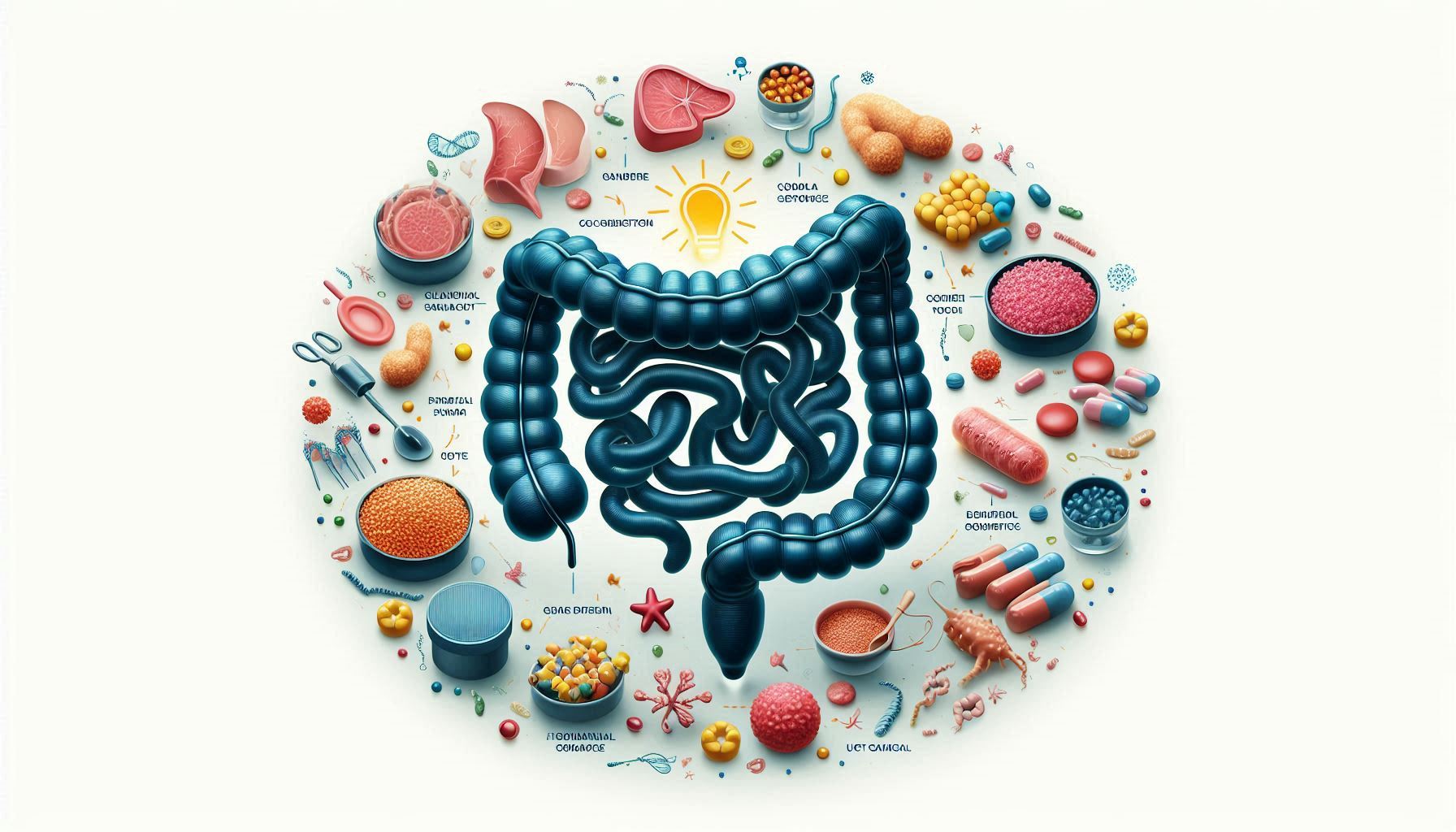Non-communicable diseases (NCDs) are often called the silent killers—chronic conditions that strike without warning, eventually causing severe health complications and premature death. With NCDs now responsible for nearly 70% of global deaths, raising awareness and adopting preventive strategies have never been more crucial.
What Are Non-Communicable Diseases (NCDs)?
NCDs are long-term health conditions that are not passed from person to person. The major players include:
- Heart Disease: Encompasses conditions affecting the heart and blood vessels, such as coronary artery disease and heart failure.
- Diabetes: A metabolic disorder characterized by high blood sugar levels, with type 2 diabetes closely linked to lifestyle factors.
- Stroke: Occurs from an interruption of blood flow to the brain, making it a leading cause of death and disability.
- Chronic Respiratory Diseases: These include chronic obstructive pulmonary disease (COPD) and asthma, which impact the airways and lungs.
- Cancer: A diverse collection of diseases defined by abnormal cell growth that can spread to other parts of the body.
These conditions often develop gradually over time and may remain symptom-free until they reach an advanced stage—hence the term “silent killers” .
Global Prevalence and Impact
- Alarming Statistics:
- Every year, NCDs are responsible for approximately 41 million deaths, amounting to about 72% of all deaths worldwide .
- An estimated 15 million individuals under 70 lose their lives annually, underscoring the severe impact on families and economic productivity.
- Economic and Social Burden:
- Individual Level: Chronic conditions often lead to lifelong treatment expenses, medication costs, and potential loss of income.
- Families and Communities: The economic strain on caregivers and the ripple effects on household finances can push families into poverty.
- National Impact: Health systems, especially in low-income regions, face overwhelming costs, making preventive measures a public health priority.
Key Risk Factors and Lifestyle Influences
Understanding what drives NCDs is the first step toward prevention. The most common risk factors include:
- Hypertension & High Cholesterol: Often undetected until severe damage occurs.
- Obesity and Poor Diet: Diets high in processed foods, sugars, and unhealthy fats significantly increase the risk.
- Physical Inactivity: A sedentary lifestyle contributes to many metabolic disorders.
- Smoking and Excessive Alcohol Consumption: Both are major contributors to heart disease, stroke, and cancer.
Empirical studies and global health guidelines affirm that lifestyle modifications—such as embracing a balanced diet, incorporating regular exercise, and quitting smoking—can drastically reduce the risk of developing these conditions .
Prevention Strategies and Global Health Initiatives
Lifestyle Changes That Save Lives
- Healthy Diet: Prioritize fruits, vegetables, whole grains, lean proteins, and healthy fats. Reducing salt, sugar, and processed foods can protect heart health and lower diabetes risk.
- Regular Physical Activity: Even moderate exercise such as brisk walking or cycling can significantly improve cardiovascular health.
- Stress Management: Techniques like meditation, yoga, and mindfulness help mitigate chronic stress, a known catalyst for several NCDs.
- Smoking Cessation: Eliminating tobacco use is one of the most effective ways to lower the risk of various non-communicable diseases.
Population-Level Interventions
- Public Health Campaigns: Massive educative initiatives have proven successful—anti-smoking and nutrition campaigns have shifted public behavior in many countries.
- Urban Design: Cities that promote walkability and offer accessible green spaces help foster healthier lifestyles.
- Policy Implementation: Measures such as sugar taxes, front-of-pack labeling, and subsidizing healthy food options motivate communities toward better choices.
Emerging Technologies and Future Directions
Recent advancements are reshaping the fight against NCDs:
- Telehealth and Remote Monitoring: Virtual consultations and digital health platforms are breaking geographical barriers, offering preventive care and continuous monitoring for chronic conditions.
- Precision Medicine: Innovations in genetic testing allow healthcare providers to tailor treatments to individual risk profiles, facilitating early intervention.
- Artificial Intelligence in Diagnostics: AI systems are beginning to analyze medical imaging and data, paving the way for earlier and more accurate diagnosis of chronic conditions .
Take Action for a Healthier Future
Understanding the global impact of non-communicable diseases is the first piece of the puzzle. With effective preventive strategies and lifestyle modifications, it’s possible to reduce your personal risk and help alleviate the broader public health burden.
Remember: starting small—such as replacing sugary drinks with water or taking a daily walk—can lead to significant long-term health benefits. Equip yourself with knowledge, seek regular medical advice, and advocate for strong public health policies to combat these silent killers.
References
: World Health Organization. Noncommunicable Diseases Fact Sheet.
: Centers for Disease Control and Prevention. Preventing Chronic Disease.
: Global Action Plan for the Prevention and Control of NCDs 2013-2020, World Health Organization.









Leave a Reply